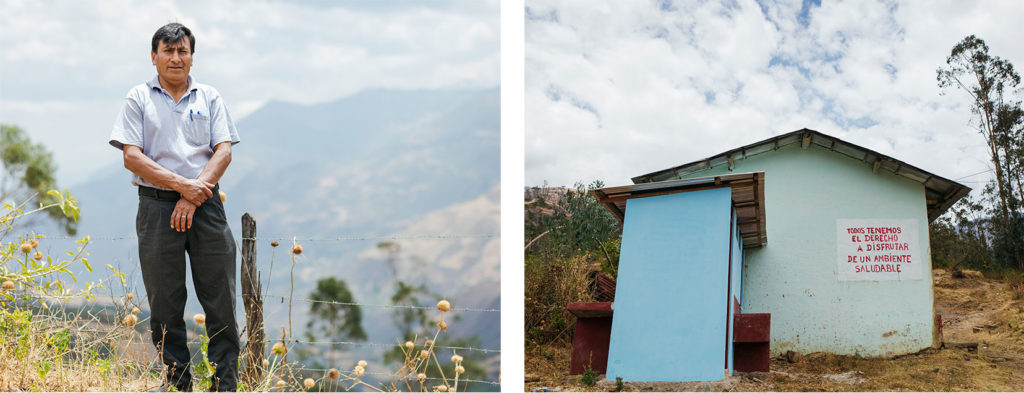In the small community of Llimbe in Peru, water sources were running dry. The population had grown from 35 to 50 families, and some of the families were using more water than they actually needed. Because of this, if you lived higher on the hillside, you may only have water for an hour a day.
"In the dry season, the level of water would always decrease," says Fausto Cotrina, the president of the local water committee.
Llimbe needed a solution that would help protect their water resources and ensure everyone in the community had sufficient water every day. The idea proposed by the water committee was to add parc gonflable pas cher micrometers to each household’s water connection. The meters would measure a family’s water usage and make sure they were charged appropriately – encouraging water conservation and make sure all of Llimbe’s 50 families had the water they needed.
But the community members weren’t so sure.
"It was hard to convince the families to use micrometers," Fausto says. "Families were really afraid that if we put in micrometers they would pay more for water."

Most families in Llimbe have small plots of land to cultivate crops and raise animals, and earn only $2 a day. Their fear about paying more made sense, but the water committee wanted to educate them about how conserving water and setting an appropriate tariff could boost their economic situation. They would have water to irrigate their crops and improve production, while improving their family’s health and hygiene by having sufficient water to drink and bathe. Setting an appropriate tariff would also make sure their water system was sustainable for the long-term by providing money for repairs.
Llimbe took the decision to a vote, and those in favor of installing micrometers won.
Fifteen days later, the micrometer installation was complete, and within the first month everyone saw the benefit of the meters.
"We had a community meeting, and everyone realized how the micrometers were impacting the quantity of water they were using," Fausto says. "They were surprised that by using micrometers, they were saving water and the water supply was sufficient."

Why micrometers?
Sometimes the simplest solutions are best. Micrometers are inexpensive. They are accessible globally.
People understand their purpose. And they are one of the keys to providing water service that will reach Everyone Forever.
In Latin America, Water For People used to support work on water systems without micrometers. Each family would be charged a flat tariff for their water consumption, regardless of how much water they used. But this led to a wide disparity between household usage, with some families using much more water than their monthly tariff technically covered – leading to cutoffs in water services for entire communities when limited water resources ran dry. It was clear that measuring usage was the way forward.
With micrometers, families are incentivized to only use the water they need – which promotes water conservation and helps manage water resources. They pay for exactly what they use – providing the financial resources necessary to maintain a water system over time as it needs repairs. By promoting water resources management and financial management, these tiny micrometers are a huge piece of making sure water is around Forever.

